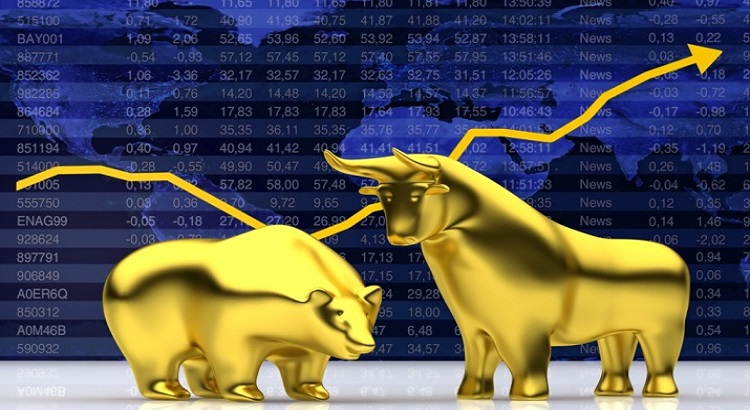The S&P 500 index was up 9.11% in July, which has some market pundits suggesting that the bear market is over. Conversely, it seems like an equal number of market prognosticators are warning that the July returns were simply a bear market rally, and a lower bottom is yet to come. Was the rally in July a precursor for more positive near-term performance or merely a bear market rally? Have we seen the market bottom? How should clients invest given the uncertainty? Let’s examine some historical data as a reference.
The average length of a bear market is 9.6 months, 289 days.1 The S&P 500 Index crossed into bear market territory on June 13, 2022. If the current bear market follows historical averages, we may be in the early innings. However, if we consider some recent bear markets, the length of the bear market can vary dramatically.2
| Bear Market Starts | End (Ultimate Low) | Days to Low | % to Lows from High |
| 3/24/2000 | 10/10/2002 | 930 | -51% |
| 10/11/2007 | 3/6/2009 | 512 | -58% |
| 2/19/2020 | 3/23/2020 | 33 | -35% |
| Average | 492 days |
Current market low for S&P 500 in 2022 was on 6/16/22 at 3666.77.
Was the recent rally in July an indication of broader, continued gains or merely a bear market rally? It’s yet to be determined. However, there are strategies to help investors get invested and stay invested to take advantage of potential gains.
- Dollar cost averaging. While making periodic investments over time does not guarantee performance, it does provide the opportunity to make investments at different price levels – with the goal of acquiring investments at a more favorable average cost.
- Stay committed to long-term investing goals. As evidenced from the most recent bear markets, while they can be painful, they do not last forever. History has also shown that bull market returns following bear markets can be significant.
| Bull Market Starts | Bull Market Ends | % From Start to End: S&P 500 |
| 10/9/2002 | 10/9/2007 | 101% |
| 03/9/2009 | 02/18/2020 | 398% |
| 03/24/2020 | 01/03/2022 | 96% |
- Avoid trying to time the market. Calling the true market bottom is nearly impossible. According to Crestmont Research, from 2016 -2021, the percentage of up days for the S&P 500 index was 56% – leaving 44% as down days. Through 8/22/2022, the percentage of up and down days for 2022 is effectively equal at 50%.
- Avoid decisions purely based on emotion as they can cloud investor behavior. During periods of extreme market volatility, it may be helpful to consider the advice of successful investors. Peter Lynch, legendary manager of the Fidelity Magellan fund: “Long term, the stock market’s a very good place to be. But I could toss a coin now. Is it going to be lower 2 years from now? Higher? I don’t know. The stock market’s been the best place to be over the last 10 years, 30 years, 100 years. But if you need the money in 1 or 2 years, you shouldn’t be buying stocks. In the stock market, the most important organ is the stomach. It’s not the brain.”3
Whether we have seen the market bottom, just experienced a bear market rally or we are only in the early stages of a prolonged bear market, ESI partners with quality sponsors that make a variety of resources available to help clients manage periods of volatility and uncertainty. Whether it’s social medial posts, client educational materials or scheduling calls with asset managers, ESI is happy to assist reps and your clients. Please contact ESI Business Development at 800-344-7437 to discuss investing resources.
Dan Randall, CFP®, CLU, ChFC
Vice President – Product Management, Equity Services Inc
1 10 Things You Should Know About Bear Markets, The Hartford, 12/21/21
2 Bear Market Rallies, Forbes, 6/23/2022
3 Lessons from an investing legend, 8/11/2021 Fidelity
TC128473(0822)1

